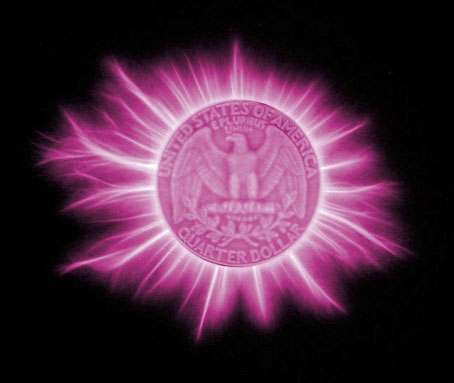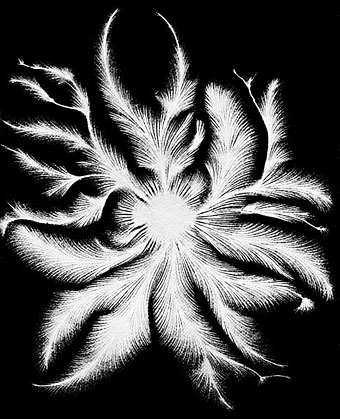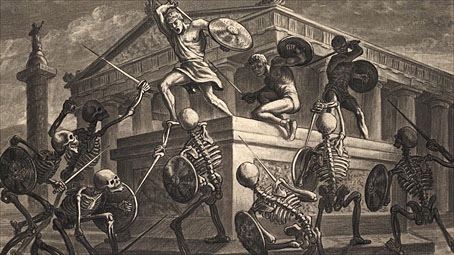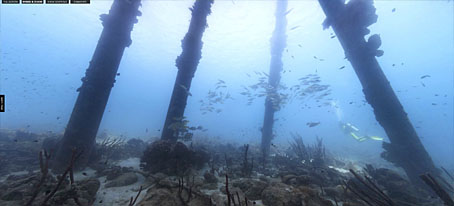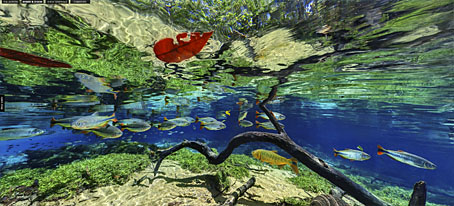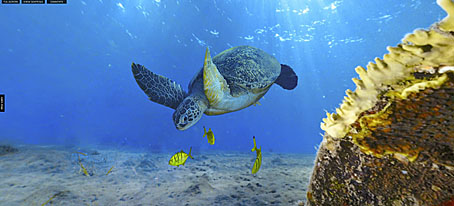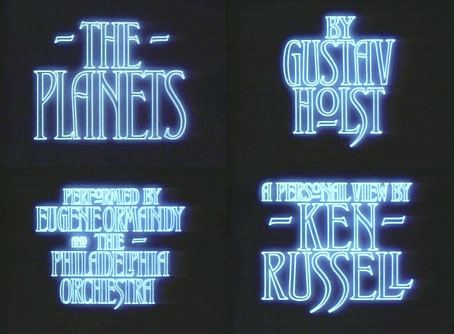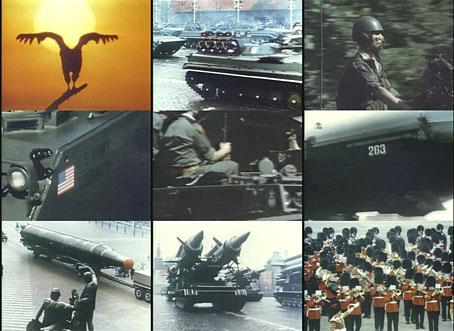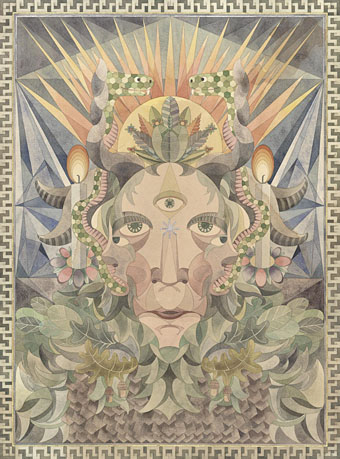quarter3 (2006) by nebamix.
Thinking recently about the resurgence of interest in the various forms of parapsychological and occult phenomena that were so popular in the 1970s, I’m surprised not to see more mention of Kirlian photography, or the capturing of high-voltage coronal discharges on photographic plates. In the 70s the idea was that Kirlian photographs depicted auric fields, and the phenonemon was widespread enough for a while enough to attract the attention of (among others) David Bowie. From a purely aesthetic point of view I’ve always enjoyed the appearance of these photographs. Flickr has a Kirlian photography pool with a variety of examples (fewer than I’d hope) while there are more to be seen at the Full Spectrum site where they specialise in high-quality Kirlian images. While browsing the pictures you could maybe listen to Kirlian Photograph by Cabaret Voltaire, a track from their still strange and unsettling debut album, Mix-Up, itself a product of the 1970s.
A negative discharge (1896).
Previously on { feuilleton }
• Thought-Forms and Auras

